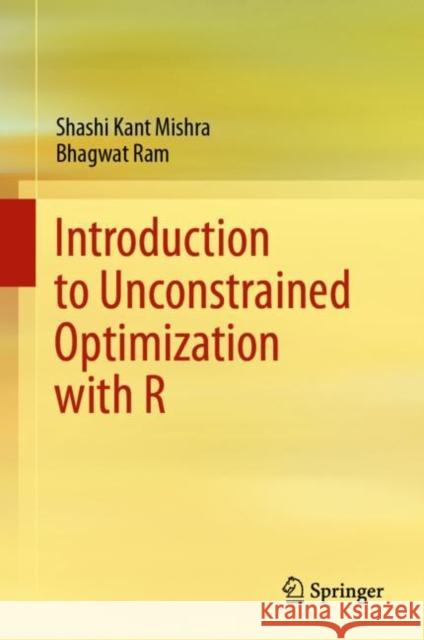Introduction to Unconstrained Optimization with R » książka
topmenu
Introduction to Unconstrained Optimization with R
ISBN-13: 9789811508936 / Angielski / Twarda / 2020 / 304 str.
Introduction to Unconstrained Optimization with R
ISBN-13: 9789811508936 / Angielski / Twarda / 2020 / 304 str.
cena 201,24
(netto: 191,66 VAT: 5%)
Najniższa cena z 30 dni: 192,74
(netto: 191,66 VAT: 5%)
Najniższa cena z 30 dni: 192,74
Termin realizacji zamówienia:
ok. 22 dni roboczych
Dostawa w 2026 r.
ok. 22 dni roboczych
Dostawa w 2026 r.
Darmowa dostawa!
Kategorie:
Kategorie BISAC:
Wydawca:
Springer
Język:
Angielski
ISBN-13:
9789811508936
Rok wydania:
2020
Dostępne języki:
Ilość stron:
304
Oprawa:
Twarda











